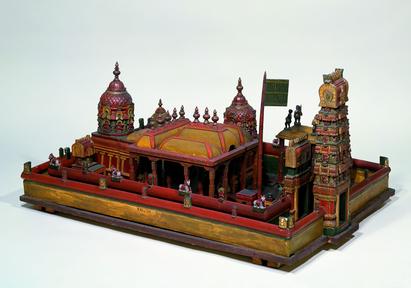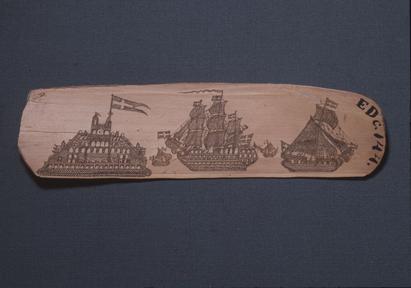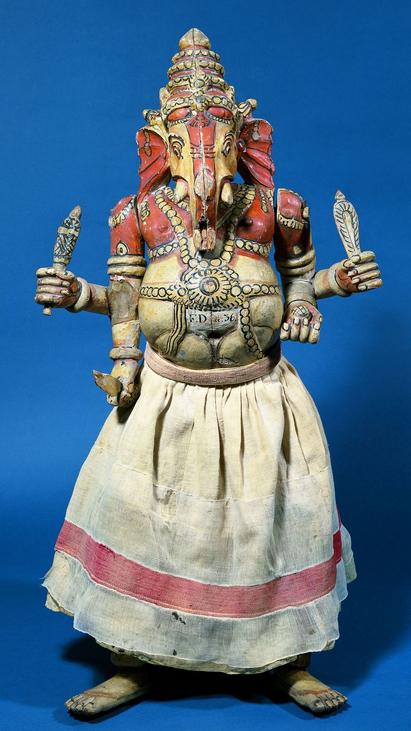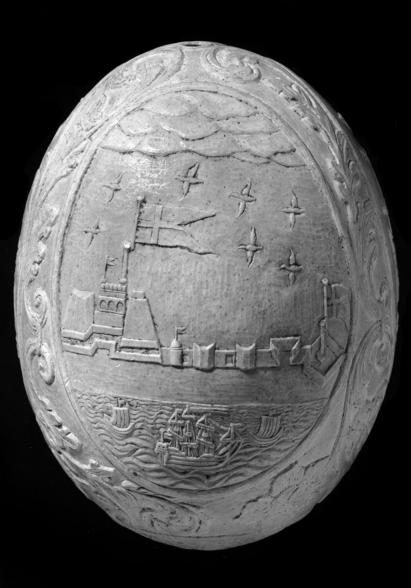South Indian artefacts in the Royal Danish Kunstkammer (c. 1650-1825)


The Royal Danish Kunstkammer founded c. 1650 by King Frederik III contained a number of artefacts from Tranquebar and other parts of India, several of them probably gifts to Danish Kings from the Thanjavur kings over the years from 1620-1845, the Danish era in Tranquebar.
Today, a number of Indian artefacts from the Kunstkammer are kept in the National Museum of Denmark.
Other artefacts were brought back to Europe and bought by both noblemen and citizens.
Some of these objects were later presented to other Danish museums - like the decorated ostrich egg illustrated below.


Text: Professor Esther Fihl and Research Assistant Caroline Lillelund, 2015
Web design and supervision: Assistant Curator Bente Gundestrup
Language editing: Research Assistant Manasa Bollempali
